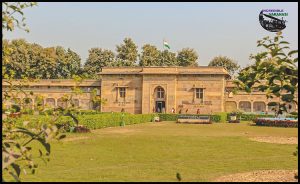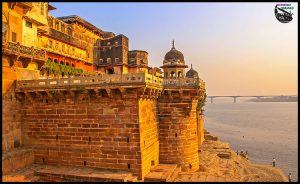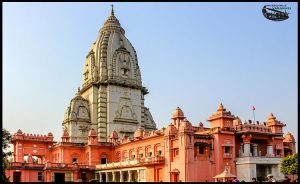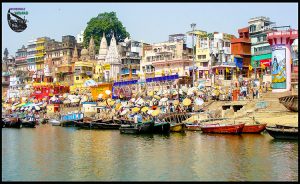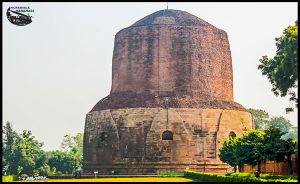The mystic city of Varanasi equally attracts millions of visitors from all over India as well as from all over the world every year. For Hindus, there is a sacred place at every step in Varanasi, because this is the permanent home of Lord Shiva. For Buddhists, it is the place, where Lord Buddha delivered his first sermon after the Enlightenment. For the foreigners, there is something magical in the holy water of Ganga, its ghats and cycle of birth and death that exists together on these ghats and then the secret of ultimate salvation. Two of the world’s four largest religions flourished here without barrier. This attracted everyone in a similar manner from the centuries.
But, before going through the important sites of Varanasi, there is some words of caution for every traveler. Varanasi is a city of contrast. It is a very important tourist centre, but at the first look it is a dirty, dusty city with the huge population and uncontrolled chaos on the road. The first experience will be totally confusing and disorienting. But, it will definitely turned out to be one of the most deeply moving experiences of the life. That’s why it is the city of contrast. In the middle of all these dust and chaos, exists the ancient city of Varanasi with all its antiquity. If it will change with the modern era development, it will lose its charm, its magic. Don’t visit Varanasi with the purpose of sightseeing, but go there to explore its soul. The soul that has the real joy of Banarasipan, in the streets, on the ghats, in the temples and everywhere around. and, then you may not like it, but you will surely love it.
The major centres of attraction in Varanasi are:
1. Hindu Temples : Varanasi is the city of temples, and also famous as the religious capital of India. There is a temple or a religious shrine in the every street and every crossing in Varanasi. It is believed that there are around 33 crore gods – goddesses in the Hindu religion, and, each and every of them are eager to live in Kashi, that is why this city has so many temples. All the religious aspects of Hinduism have been absorbed in this melting pot of Varanasi. Thus, Varanasi has all the four dhams, the seven holy cities, the twelve jyotirlingas, the fifty six Vinayakas, the eight Bhairavas, the nine Gauris, the nine Durgas, the nine grahas, the ten incarnations, the twelve Adityas, the thirteen Narsimhas, the sixteen Keshavas and the sixty four yoginis. But, Lord Shiva is the supreme deity of Varanasi. Every dust-particle is the home of Lord Shiva and each stone is a Shiva Lingam in Varanasi, All these reasons make it an important place in the history of Hindu religion.
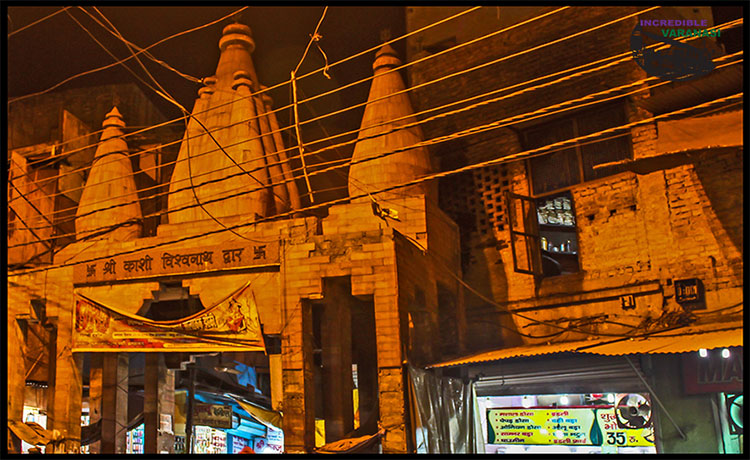
There are at least 1000 small and big temples in Varanasi, leave the count of numerous small shrines scattered here and there in every street. The most important temples of this city include Kashi Vishwanath Temple, Mata Annapurna Temple, Tila Bhandeshvara Temple, Maha Mrityunjaya Temple, Sitala Mata Temple, Sankat Mochan Temple, New Kashi Vishwanath Temple, Tulasi Manas Temple, Durga Mata Temple and Kal Bhairav Temple.
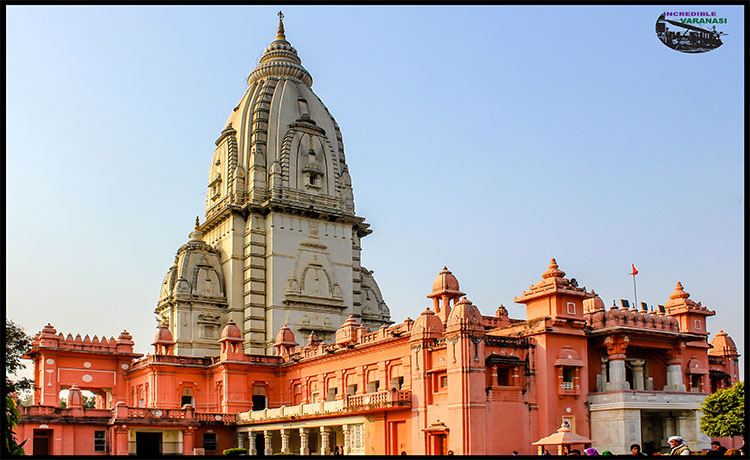
2. Other Temples: Besides Hinduism, Varanasi is an important place for the other religions also. Buddhism and Jainism flourished here without any barrier during the ancient days. Lord Buddha delivered his first sermon here in Sarnath after getting the enlightenment in Bodh Gaya. There are many Buddhist Temples and Monasteries in Sarnath. 11th Tirthankar of Jain Religion, Lord Shreyansnath and 23rd Tirthankar Lord Parshvanath was born in Varanasi.
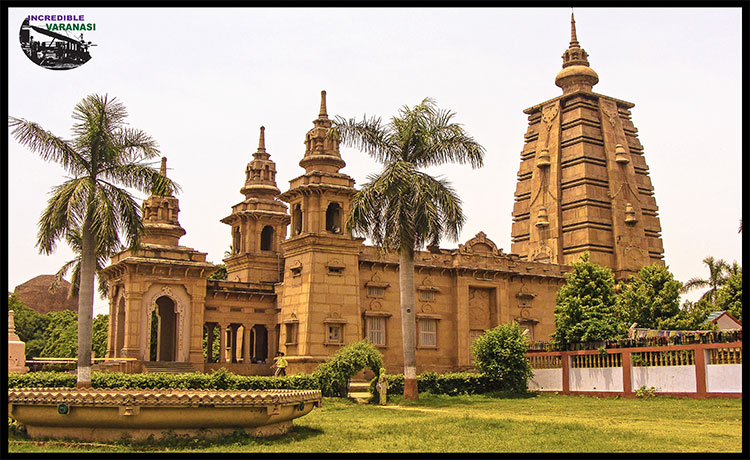
The great saints of the Bhakti Movements Kabir and Ravidas was from Varanasi only. One temple known as Kabir Math is there in Varanasi, dedicated to Saint Kabir. Two more temples, dedicated to Saint Ravidas are also there.
A special mention among all the temples in Varanasi is The Bharat Mata Temple. This temple is a unique temple, dedicated to Mother India.
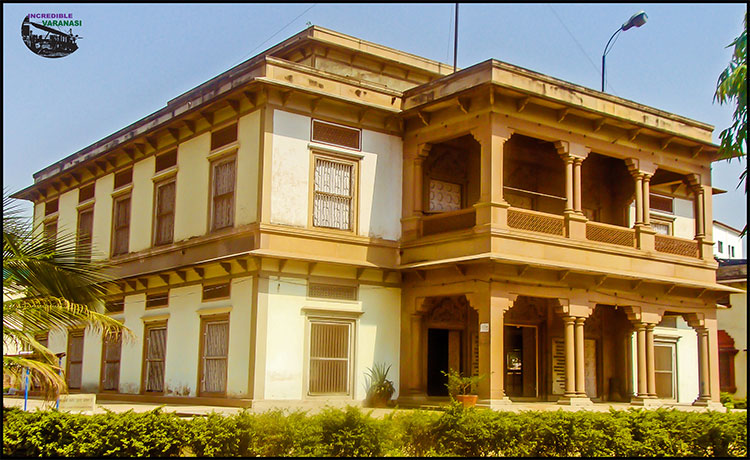
3. Holy Ganga and the Ghats: Ganga is a river of heaven. It is not a mere river in Varanasi, it is the symbol of Hinduism as well as the lifeline of Varanasi. Banarasi Masti (fun in Varanasi) without Ganga and importance of mighty Ganga without Banaras, both are incomplete, they complement each other always from the centuries. If anybody wishes to experience the beliefs, prayers and rituals of Hindu Religion at a single place, then the ghats (long steps leading to the river) of the Ganga are the best place in the world. These ghats have every color, every look, every aspects of a human life. Small kid’s head shaving to young couple ceremonial rituals to old aged prayers to dead man’s funeral pyre, every cycle of life, ever circle of death, desire of salvation all of these are clearly visible on the ghats in Varanasi.
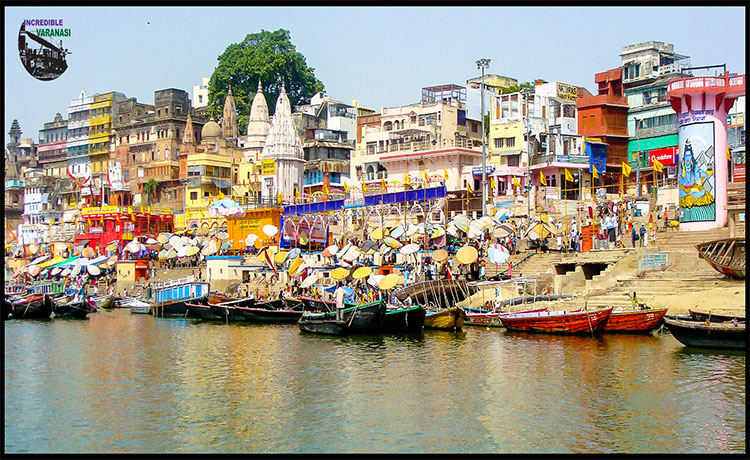
Although there are more than sixty ghats in Varanasi, but the important ghats are Assi Ghat, Tulsi Ghat, Kedar Ghat, Harishchandra Ghat, Dashashvamedh Ghat, Manikarnika Ghat, Adi Keshav Ghat Panchganga Ghat and Rajghat.
4. Religious Kunds/Ponds: Just like the famous temples, many water pools of great religious significance are also there in Varanasi. Hundreds of religious stories are associated with these pools. On the special occasions, there are huge gatherings of pilgrims to perform various rituals.
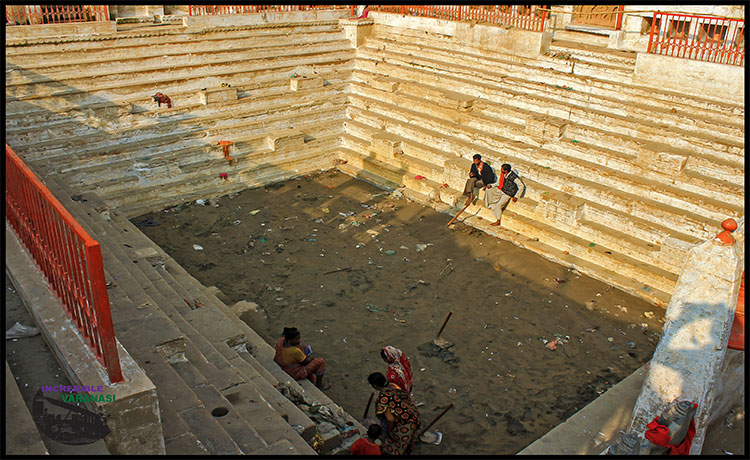
The important kunds of Varanasi are Lolark Kund, Durgakund, Nagkuan and Manikarnika Kund.
5. Sarnath: It is a very important place for Buddhism. It is the place where Lord Buddha delivered his first sermon to his first five disciples after the Enlightenment in Bodh Gaya under a Bodhi Tree and thus Buddhist Sangha came into existence. Over 1500 years Sarnath continued to be an active monastic centre of Buddhism. Later, the Emperor Ashoka and other Buddhist Kings made many stupas and monasteries at this place, some of which are still standing there. They include Dhamekh Stupa, Dharmrajika Stupa, Chaukhandi Stupa etc. The Buddhist tradition was virtually eliminated after the Muslim invasion in Varanasi, but remains of its lost glory is still visible in the archaeological excavations. India’s national emblem “The Lion Capital” is adopted from the Ashoka’s Pillar found in Sarnath.
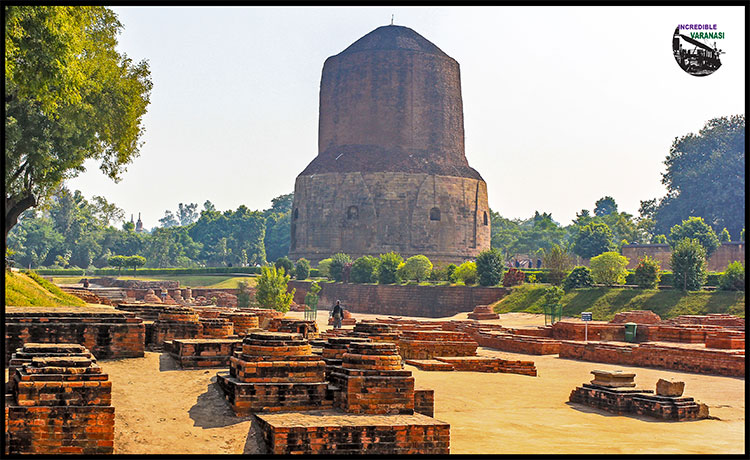
In modern times, Sarnath has been developed as a place of pilgrimage, both for Buddhists from India and abroad. A number of countries in which Buddhism is a major (or the dominant) religion, among them Thailand, Japan, Tibet and China, have established temples and monasteries in Sarnath in the style that is typical for the respective country.
6. Ramnagar: Situated on other bank of The Ganga, opposite to the city of Varanasi, this small town has the official residence of the king of Banaras, where his descendants still reside. The people of Varanasi have a great respect for his king and he is considered as the chief patron in all religious rituals.
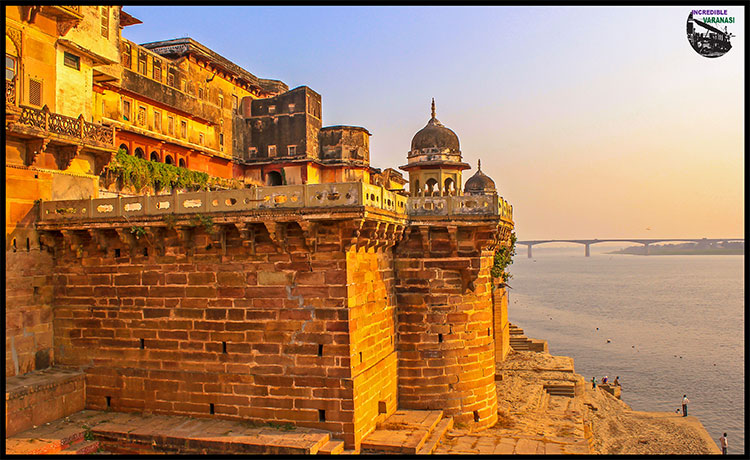
The fort palace of Ramnagar is situated on the river bank and provides a great view of Varanasi and the Ganga. The vibrant and colourful structure of the fort is built in typical Mughal style with creamy-colored chunar sandstone. The fort houses the Veda Vyasa Temple, a museum, and the king’s residential complex. Only a part of the structure is open for public viewing as the rest of it is the residence of Kashi Naresh.
7. Universities: Varanasi has always been a great knowledge centre from the ancient time, though it never had a formal education centre like the universities in Takshila, Vikramshila or Nalanda. Religious teachers, great saints, philosophers and scholars like Gautam Buddha, Adi Shankaracharya, Patanjali, Sant Kabir, Sant Ravidas, Goswami Tulsi Das , Guru Nanak, Guru Ramanuja etc either visited this place or lived here to contribute in the wisdom traditions of Kashi .
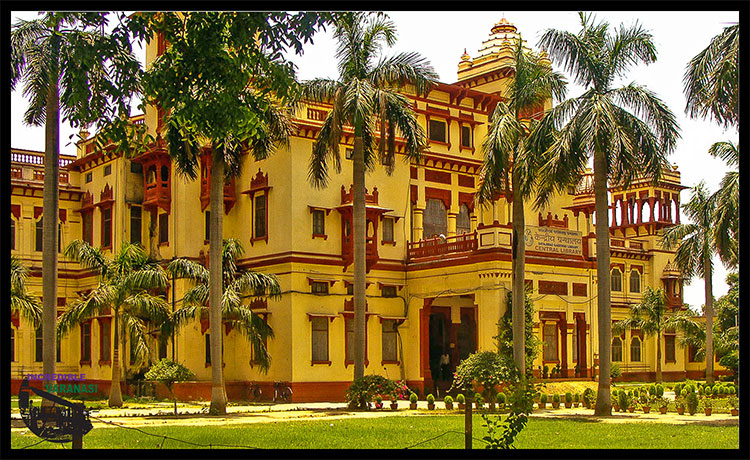
Today, it is an important educational hub in India having five major learning centers including the great Banaras Hindu University (BHU) . BHU, founded by Madan Mohan Malviya in 1916, is the largest residential university in the Asia and counted among the best educational institutes in India. Sampurnanand Sanskrit University, which foundation dates back to 1791, is a unique university for the development and preservation of Sanskrit Language. The Central Institute of Tibetan Studies and Mahatma Gandhi Kashi Vidyapeeth are other important universities for higher education.
8. Fairs and Festivals: Festivals break the monotonous continuity of life and take one back to the mythological times. This is the city that never mourn over a death and treat it as a salvation, So, the life here is always a celebration. The city lives with the mood of continuous celebration, and needs only a small reason for the large celebrations. Therefore, everyday in Varanasi is like a festival. For example, Ganga Aarti at Dashashwamedh Ghat is a daily ritual, that attracts a large number of people.
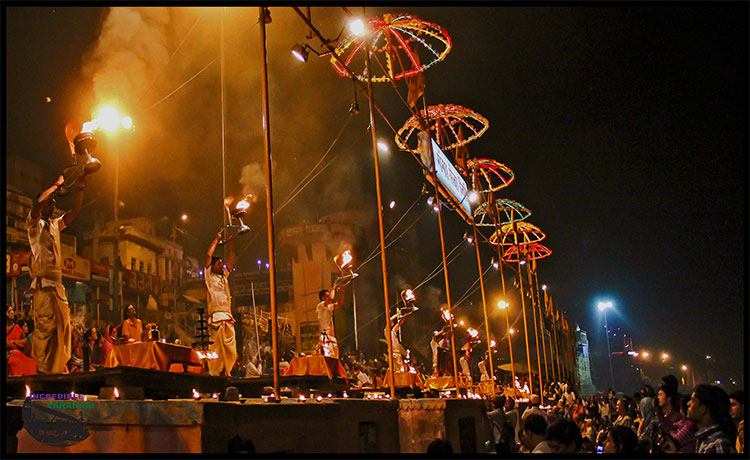
Mainly the festivals and events of Varanasi is celebrated with religious favour. Some festivals of Varanasi are associated with individual celebrations at the home, while some require a large public gatherings at the designated places. Important festivals that people celebrates at their home are Diwali, Ram Navami, Raksha Bandhan, Krishna Janmashtami, Basant Panchami etc, but other festivals like Eid-ul-Fitr,Holi, Dasahara, Durga Puja, Maha Shivaratri, Daala Chhath etc are being celebrated in the groups.
Some fairs and celebrations like Muharram, Ram Lila, Lolark Chhath Mela, Budhwa Mangal Mela, Bharat Milap etc attract a huge gatherings of people, sometimes 70-80 thousands of people. Some fairs and festivals is only a day long, but some festivals carry on for many days like Navratri for 9 days, while Ramjan for 30 days.
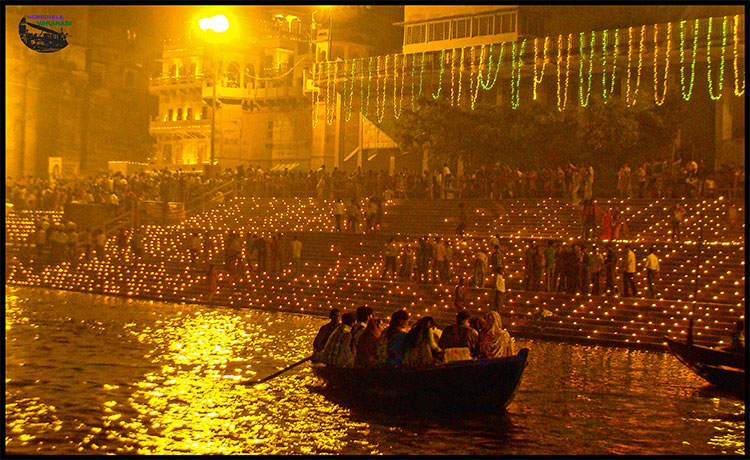
A special mention among the festivals of Varanasi is The Dev Deepawali. The sight of a million lamps (both floating and fixed) lighting the ghats and river in vivid colors is a breathtaking sight on this day.
9. Markets: Shopping is not a mere marketing experience in Varanasi. Its a unique way to experience the banarasi culture and banarasipan.These streets are too narrow to pass the traffic, but from the motorbikes, bicycles to the holy cows and shoppers, everybody walk freely in these streets. These streets are the best place to buy one of the best quality saris in India (The Banarasi Silk), the best mangoes (Langda Mangoes) and the famous betel leaves (Banarasi Paan). They are the best place to explore some of the most authentic and delicious street foods and sweets (like Rabri-Jalebi, Kachauri, Lassi and Lawang Lata) in India.
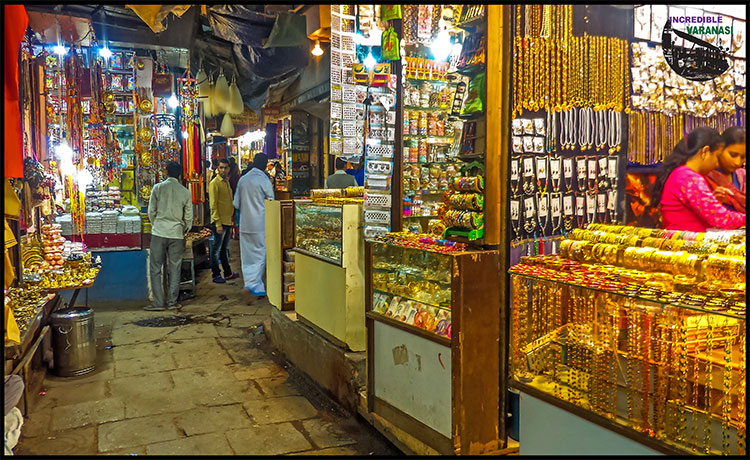
For the shopping and food experiences, visit the markets of Chowk, Godaullia, Nai Sadak, Vishwanath Gali and the other streets located around Godaullia market.
Varanasi isn’t just a city; it’s an experience. Explore Varanasi, Feel Varanasi and Enjoy Varanasi.


